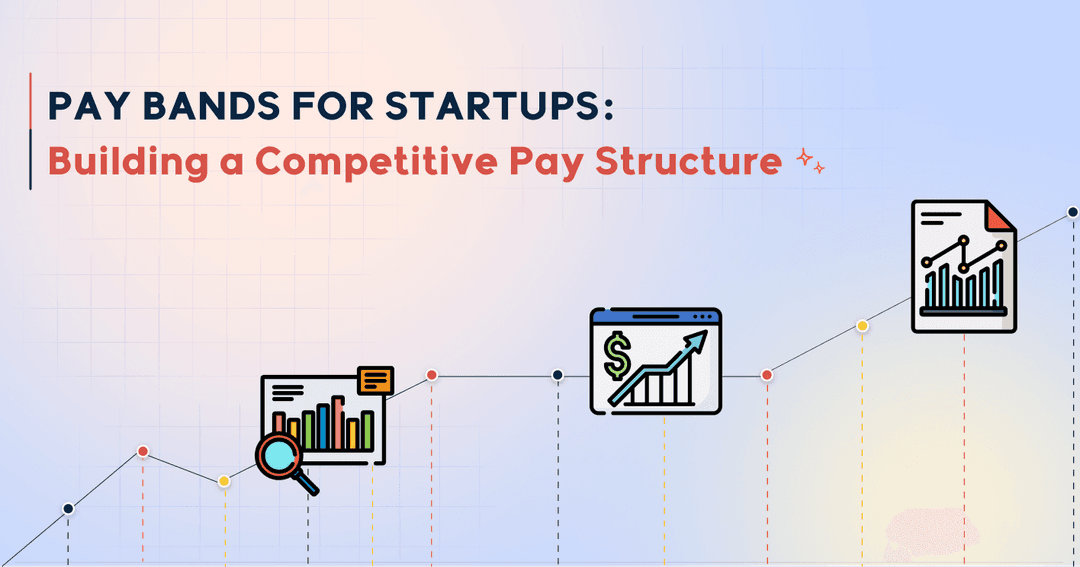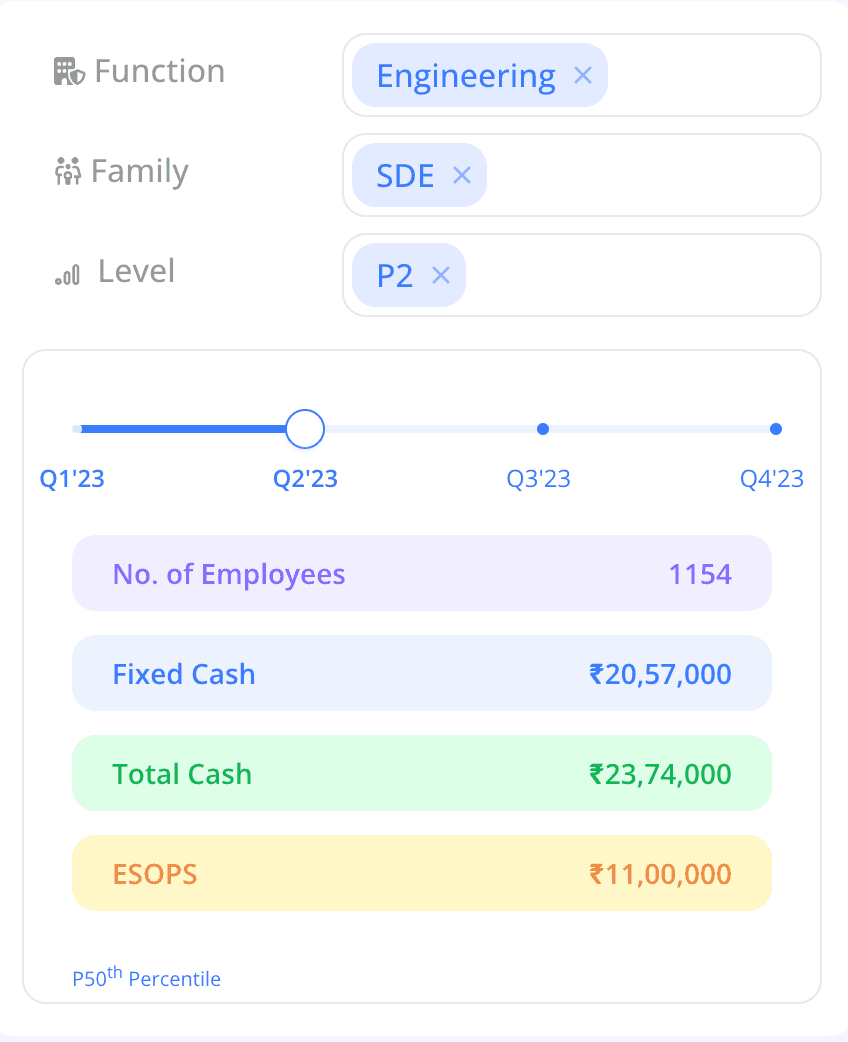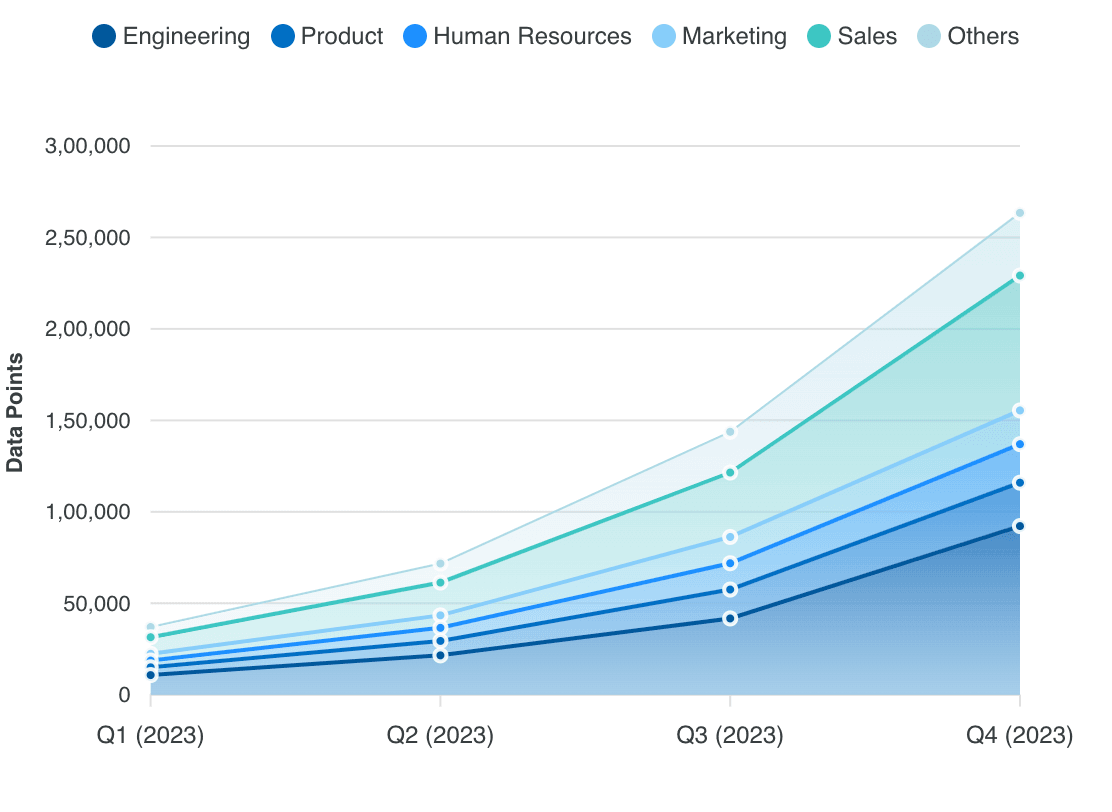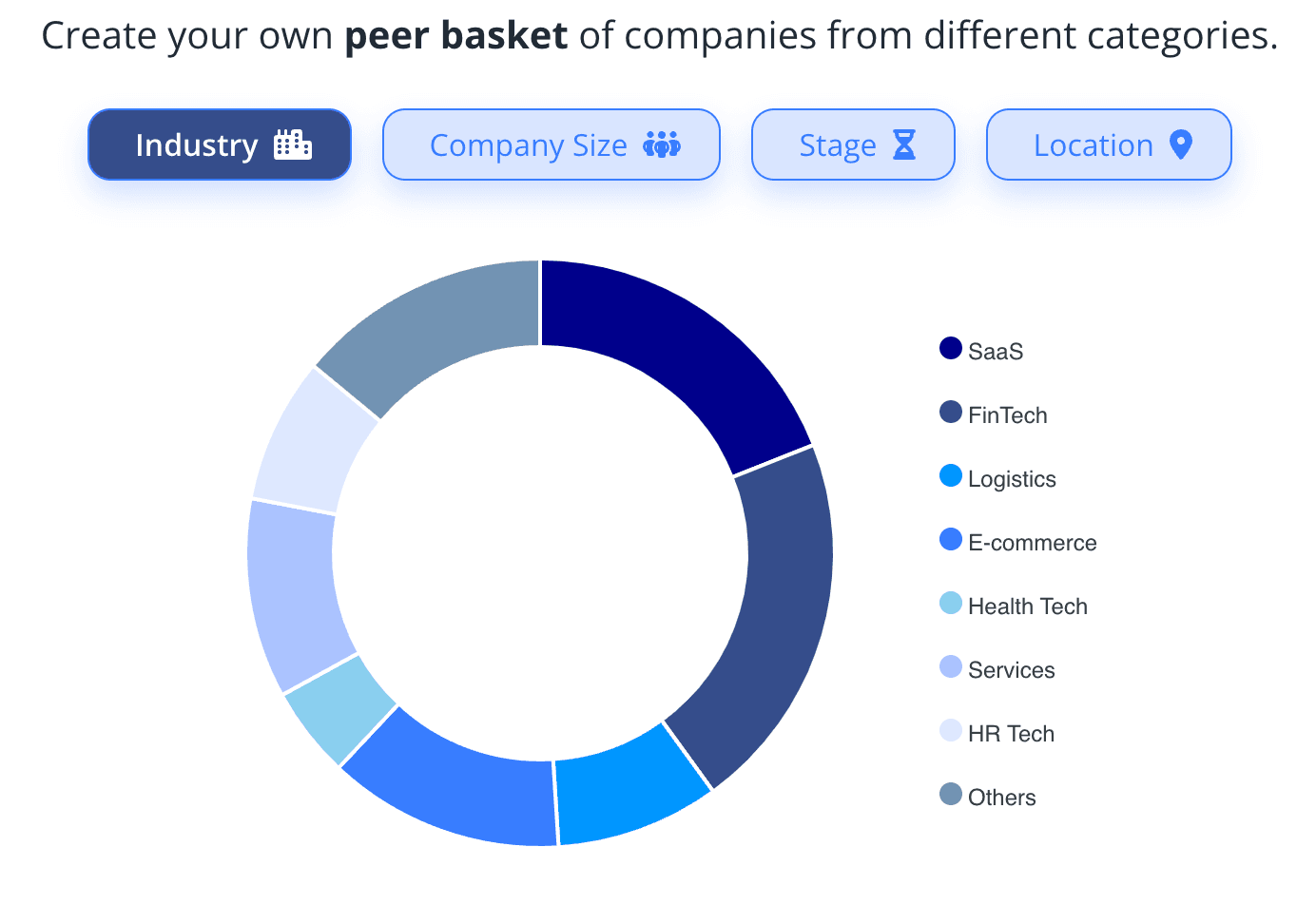
According to a survey, about 82% of companies depend on traditional salary structures to create pay bands for current employees. This pay structure could be more conducive to an employee-centric and rapidly evolving environment.
Compensation and talent acquisition professionals are hence looking out for data-driven ways that can help them create fair and accurate pay bands that give them a competitive edge in the talent game and promote internal equity of pay.
Since AI-driven platforms are now here to make compensation planning easier, this article will talk about how you can create competitive pay bands using real-time compensation data to improve employee engagement and retention and make your compensation philosophy more sustainable.
Pay bands are compensation ranges created for specific job titles within the organization. The major motivation behind introducing pay bands is to maintain consistency and fairness while compensating employees within their level of responsibility. While creating pay bands, organizations should ensure that they have these 3 major features:
The use of real-time compensation in creating pay bands can be game-changing for your compensation strategy:
Compensation professionals can follow these steps to create effective salary bands for their workforce:
1. Conduct a job leveling exercise to standardize the distribution of job roles into specific job levels.

2. Use compensation management software like CompUp to extract real-time compensation benchmarks that streamline your compensation structures with the latest trends and insights from the HR industry for creating competitive salaries.
3. Establish your pay band’s minimum, midpoint, and maximum by applying statistical methods to determine the level of flexibility:
Minimum salary = (25th percentile - 10%)
Midpoint salary = (Median or 50th percentile)
Maximum salary = (75th percentile + 10%)
4. Use geo-differentiators and skill-based metrics to incorporate external factors in maintaining fairness in pay bands. For example, the cost of living in urban cities is usually higher as compared to smaller cities and that has to be taken into account while designing pay bands for specific locations.
5. The next actionable step is to use real-time data for regular reviews and adjust your pay bands to the market fluctuations and make your compensation planning future-proof.
Let’s understand the challenges you face when creating pay bands the traditional way:
With traditional compensation surveys, the price tag often outweighs the value received.
Such costs can strain budgets, especially for smaller companies aiming to optimize their pay bands while still maintaining financial stability in their talent strategy.
Requiring extensive data collection, analysis, and back-and-forth consultations, these processes can be time-consuming, especially given the company size.
As a result, organizations are left waiting for recommendations, hindering their ability to make timely and informed compensation decisions for senior or entry-level positions.
While data has been a cornerstone of creating fair and precise pay bands, it has to be relevant for specific job roles, and job families.
That’s why Chad Atwell, a total rewards consultant and advisor has prompted companies to ask - “is this data reflective of what we want?”
But how can you expect the data from these traditional pay structures to reflect the future of compensation planning, when it’s deep-rooted in the past?
As we go into the intricacies of pay band creation, there are questions like:
How much more do Senior DevOps engineers at late-stage startups earn from early-stage startups?
What structured approach can you take to retain the talent you already have with the right merit increases?
What are the measures you can take to reduce pay compression in your organization for better job satisfaction?
The static and bulky nature of data from consultancy firms will make it next to impossible to find solutions that will streamline your employee's career path and improve organizational cultures.
CompUp is a compensation management software that helps you create accurate and precise pay bands with the help of real-time compensation benchmarks. Let’s have a look at the features that can streamline your compensation planning to achieve the best results:



Try the platform now to learn how CompUp can help you with effective salary banding.
Revolutionizing Pay Strategies: Don't Miss Our Latest Blogs on Compensation Benchmarking